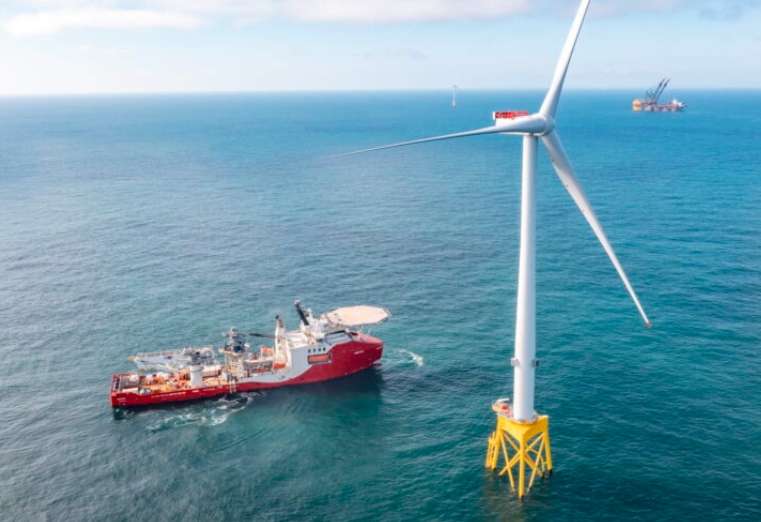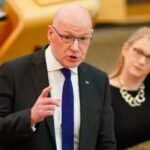BP reported a sharp drop in its third-quarter profit as it faced higher costs and lower production in its gas and low carbon energy division. The company also took a hefty charge on three wind farms off the coast of New York that have been affected by inflation and delays.
BP misses expectations and lowers guidance
BP said that its underlying replacement cost profit – its preferred measure – was 3.3 billion dollars (£2.7bn) in the third quarter, down from 8.2 billion dollars (£6.8bn) a year earlier. It had been expected to make around four billion dollars (£3.3bn).
It is the company’s lowest third-quarter profit since 2020 when it made just 86 million dollars (£71m at today’s exchange rate) as demand for oil, and the price of oil, plummeted during pandemic lockdowns.
The company also lowered its guidance for full-year production, saying it expects to produce between 2.4 million and 2.5 million barrels of oil equivalent per day, down from its previous range of 2.5 million to 2.6 million.

BP faces challenges in gas and low carbon energy
The main reason for BP’s disappointing performance was the gas and low carbon energy division, which saw its profit fall by 71% to 0.7 billion dollars (£0.6bn) in the third quarter.
The division faced lower production, higher costs, and lower gas prices compared to a year ago, when gas prices were boosted by a cold winter in Asia.
BP said that production in the division had been around 1.8% lower in the first nine months of the year than last year, mainly due to planned maintenance and divestments.
The company also said it had incurred higher costs related to its renewable energy projects, such as offshore wind and solar power.
BP takes a hit on New York wind farms
One of the biggest setbacks for BP in the third quarter was the impairment charge of 540 million dollars (£444m) it took on three wind farms off the coast of New York.
The wind farms, known as Empire Wind, Beacon Wind, and Sunrise Wind, are part of a joint venture with Norway’s Equinor and have a combined capacity of 3.3 gigawatts.
However, the projects have faced significant challenges due to inflation, supply chain disruptions, permitting delays, and environmental issues.
In June, BP and Equinor filed a request with the authorities in New York to renegotiate the agreements they had on the wind farms, but this was refused earlier this month.
BP said it remains committed to the projects and expects them to be profitable in the long term, but it had to adjust its valuation of the assets based on the current market conditions.
BP rewards shareholders despite profit slump
Despite the profit slump, BP announced a dividend increase and a share buyback program for its shareholders.
The company said it would pay a dividend of 7.27 US cents per share for the third quarter, up from six cents per share a year ago.
It also said it would buy back 1.5 billion dollars (£1.2bn) worth of shares from investors in the fourth quarter, following a similar amount in the third quarter.
BP said these moves reflected its confidence in its cash flow generation and its progress in reducing its net debt, which fell to 32.7 billion dollars (£26.9bn) at the end of September, down from 40.4 billion dollars (£33.3bn) at the end of June.
BP faces criticism over climate pledges
BP’s dividend increase and share buyback program sparked criticism from groups who said that the oil major, which dialled back its climate pledges in February, is putting profit ahead of planet.
Joseph Evans, a researcher at the IPPR think tank, said: “It’s clear that oil and gas companies are prioritising their shareholders at the expense of the transition to clean energy, so the UK government must now take the reins by investing in renewables.”
BP has set a target to reduce its carbon emissions by 40% by 2030 and to become a net zero company by 2050.
However, in February, it revised its ambition to reduce its oil and gas production by 40% by 2030 to only 25%, saying it would focus on high-quality assets that generate more cash flow.
The company also faced protests from activists during its investor update in Denver last month, where it unveiled its plans to grow its earnings through this decade by investing more in oil and gas projects in North America.


















